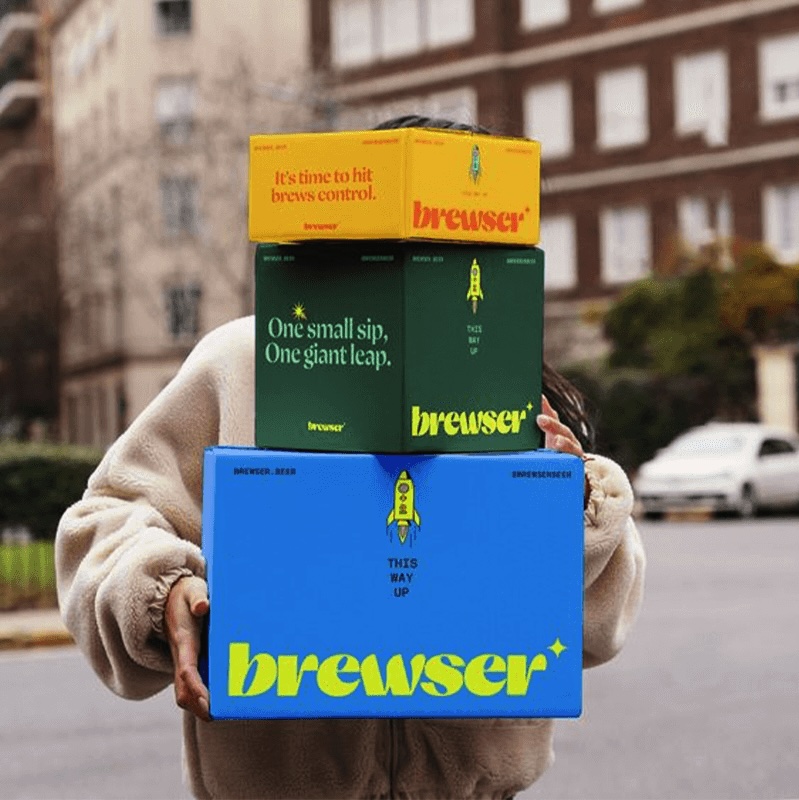More than a buzzword, sustainability is a benchmark for responsible business. For food brands, packaging does more than protect what’s inside—it communicates values, shapes perception, and carries a measurable environmental cost. As consumer awareness continues to rise, every detail—from the materials you choose to the way it feels in hand—becomes part of your brand story. Thoughtful, eco-friendly food packaging supplies aren’t just about going green; it’s about showing customers that your company stands for something bigger than the product itself.
Why Eco-Friendly Food Packaging Matters
Sustainability isn’t just reshaping how products are made—it’s redefining how they’re presented, shared, and remembered. For food brands, packaging plays a starring role in that story. It’s often the first physical interaction customers have with your brand and one of the most important ways to show what you stand for.
Consumer expectations and brand value
Today’s consumers are paying close attention to what goes into their purchases, as well as what happens after it. Many consumers today want to support brands that reflect values similar to their own, especially when it comes to reducing waste. Eco-friendly packaging for food signals that your business is forward-thinking and responsible, helping build loyalty, spark word-of-mouth, and stand out in a crowded market.

Regulatory Pressures
Governments worldwide are raising the bar for sustainability with new regulations targeting single-use plastics, packaging waste, and producer responsibility. These changes aren’t just policy shifts—they’re signposts of what’s to come. For brands, adapting early isn’t just about compliance; it’s about staying ahead of the curve and proving your commitment to long-term impact.
Environmental Stewardship
Food packaging represents one of the largest sources of waste worldwide, and reducing its footprint is one of the most tangible ways companies can make a difference. Whether it’s using recyclable paper, compostable fiber, or reusable containers, eco-friendly packaging helps close the loop toward a more circular economy—where nothing goes to waste, and every design choice has purpose.
Reducing Food Waste
Sustainable packaging doesn’t just help the planet—it helps preserve what’s inside. High-quality, thoughtfully engineered materials can extend shelf life, prevent leaks, and keep food fresher longer. In other words, eco-friendly packaging materials for food reduce waste on both sides of the equation—protecting your products and the environment.
Long-Term Cost Savings
Sustainable packaging is more than an environmental imperative—it's a strategic opportunity to achieve significant cost savings over time. By leveraging efficient designs, lightweight materials, and recycled content, companies can streamline manufacturing, storage, and transportation costs while aligning with regulatory mandates and consumer expectations.

The Building Blocks of Eco-Friendly Food Packaging Designs
Creating eco-friendly packaging isn’t just about swapping materials—it’s about rethinking the entire lifecycle of what you make and how it’s used. From the sourcing of raw materials to end-of-life disposal, every step of the process offers an opportunity to reduce waste and elevate your brand’s impact. Here’s how to create eco-friendly food packaging supplies that are both beautiful and responsible.
Think in Lifecycles
Sustainability starts long before your packaging hits the shelf. It begins with understanding the journey of every component—from sourcing and manufacturing to how it’s transported, used, and eventually recycled or composted. Choosing materials that minimize waste at each step helps ensure your packaging looks good and does good.
Prioritize Recyclability and Compostability
The most sustainable packaging designs are those that can easily reenter the system. Whether it’s curbside-recyclable cardboard, compostable fiber trays, or plant-based films, look for materials that can return safely to the earth or to the production cycle. The easier it is for customers to dispose of responsibly, the more likely they’ll do it.
Clean and Safe Food Packaging Solutions
Eco-friendly doesn’t mean compromising on quality. Food packaging boxes must still protect what’s inside—safely. Prioritize materials that are free from harmful chemicals, coatings, or toxins, and always meet food-contact safety standards. A responsible package should be as safe for your customers as it is for the planet.

Use Less to Do More
Lightweight, minimal packaging not only reduces waste but also cuts down on shipping emissions and costs. By eliminating unnecessary layers, right-sizing containers, and simplifying designs, you can reduce your footprint while maintaining a polished, intentional look. In sustainability, less truly is more.
Make it Functional First
The greenest packaging in the world won’t succeed if it doesn’t work. Functional design—one that protects, preserves, and performs—is key to keeping your products fresh and your customers happy. Start with performance, then layer in sustainability and aesthetics.
Plan for the End
The journey doesn’t stop once the product leaves your hands. Consider where your packaging will end up and whether the local recycling or composting infrastructure supports your materials. A design that’s recyclable in theory but not in practice misses the mark.
Lead with Transparency
Finally, be upfront about your materials and their impact. Whether it’s a certification logo, a quick disposal guide, or a short story about your sustainability efforts, transparency builds trust and shows customers you’re walking the talk.
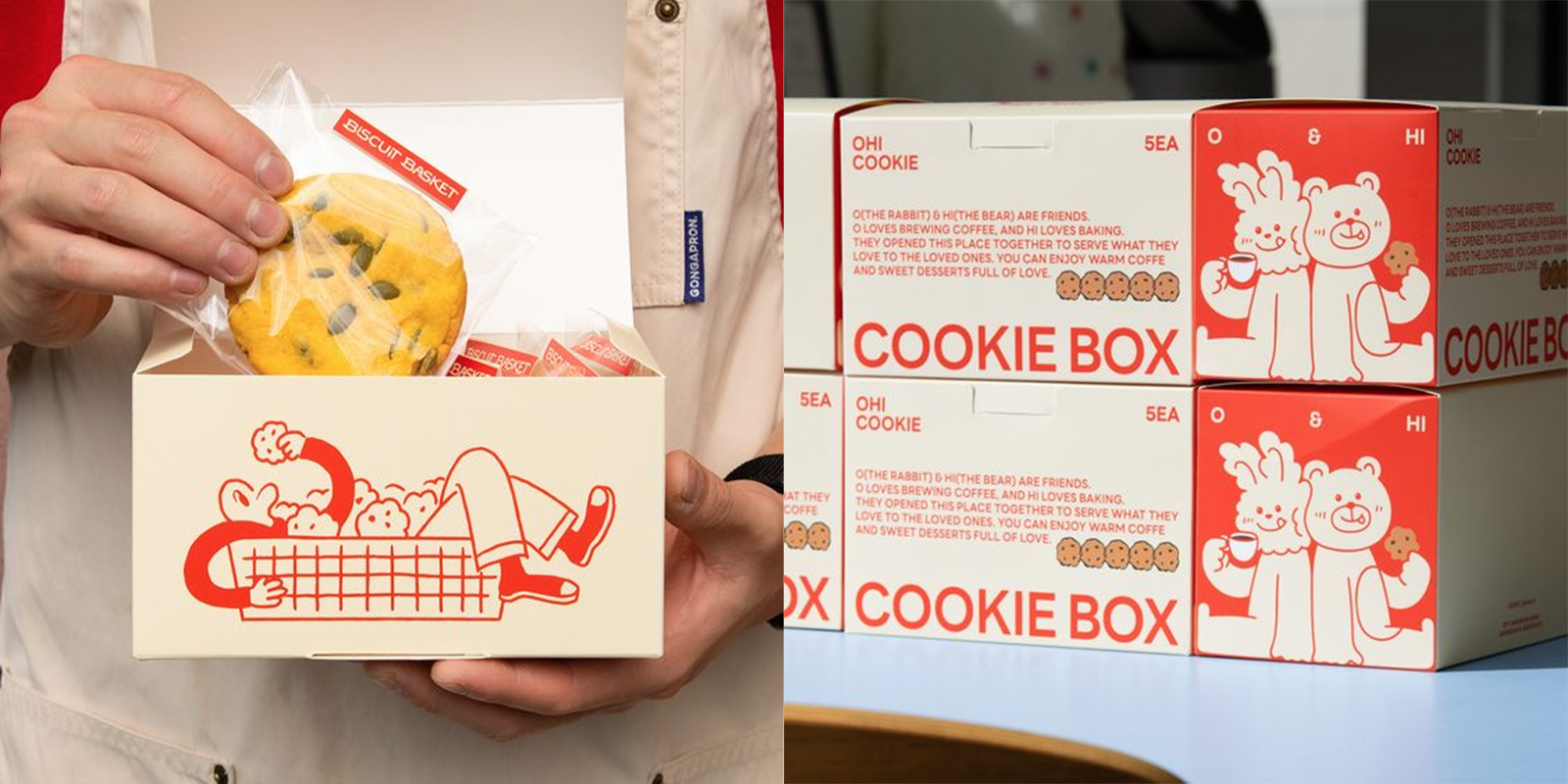
Design Smarter: Strategies to Make Eco Packaging Work Harder
Choosing sustainable materials for eco-friendly food packaging bags and boxes is a great start—but thoughtful design is what brings your packaging to life. Smart engineering and creative thinking can transform even the simplest container into something functional, beautiful, and planet-friendly. The key is designing with intention at every step.
Simplify, Then Simplify Again
Every extra layer, insert, or coating adds weight, cost, and waste. Start by stripping away what isn’t essential. Do you really need that plastic window or double wall? Probably not. Streamlined designs not only reduce your environmental impact—they also feel cleaner and more modern to customers who value minimalism and authenticity.

Standardize Where You Can
Fewer packaging variations mean easier ordering, faster fulfillment, and less waste. Standardized sizes and shapes simplify your supply chain while helping you achieve economies of scale. Plus, consistent packaging creates a cohesive brand experience across products.
Rethink Structure and Shape
Smart geometry can save space, reduce shipping emissions, and improve shelf presence. Whether you’re nesting containers, designing foldable cartons, or opting for stackable trays, efficient shapes do double duty: they minimize environmental impact while enhancing usability.
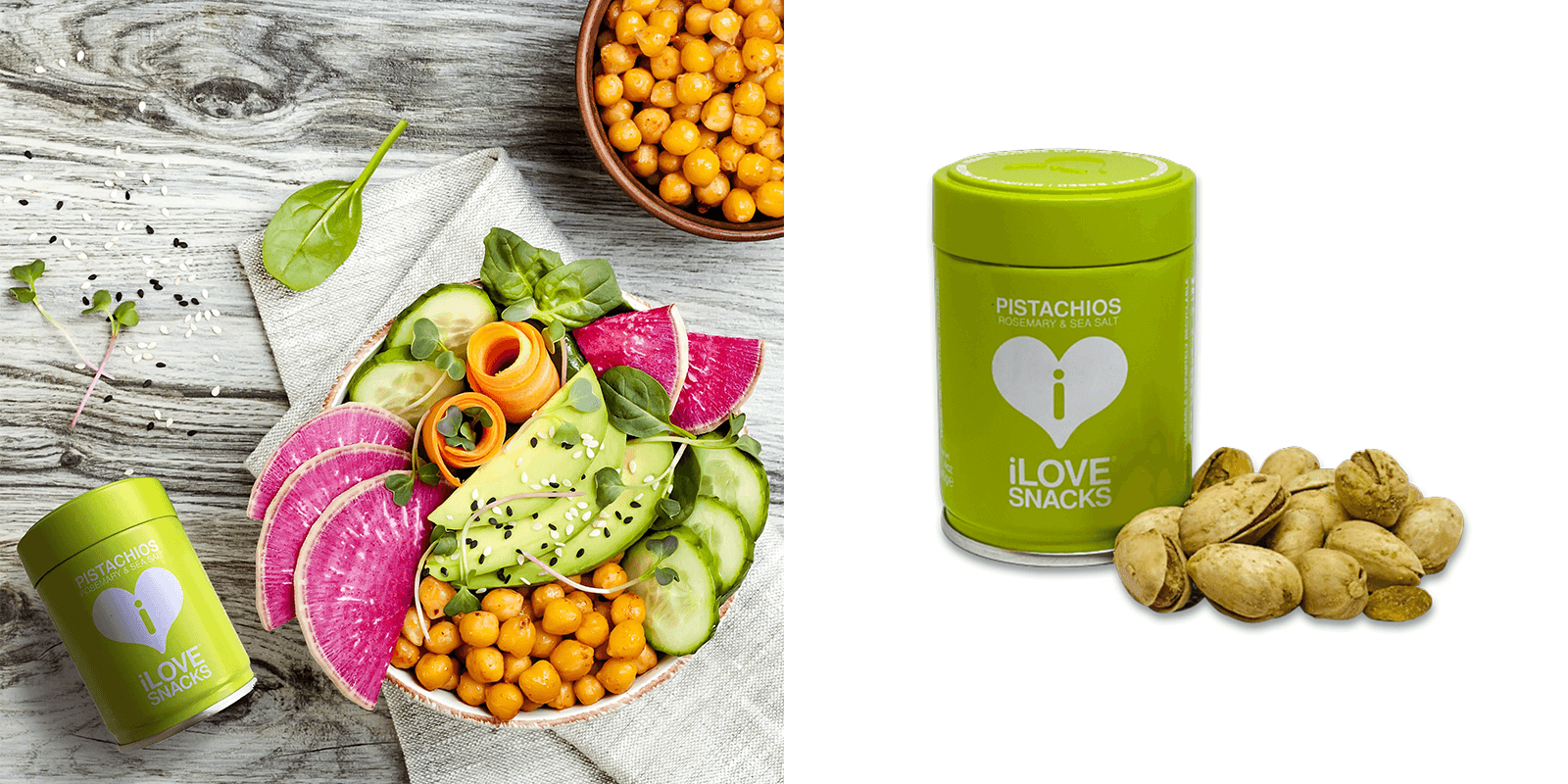
Avoid Unnecessary Coatings and Adhesives
That glossy coating might look nice, but it can turn an otherwise recyclable package into one that’s impossible to process. When designing environmentally friendly food packaging, choose water-based or compostable coatings instead of plastic laminates, and limit the use of adhesives wherever you can. Keeping your materials clean and easy to separate ensures your packaging stays as sustainable in practice as it looks on paper.
Stick to Single Materials
Whenever possible, design with mono-materials—meaning your entire package is made from one material type, such as paperboard or molded fiber. Mono-materials are simpler to recycle and easier for consumers to understand. No guesswork. No sorting frustration. Just a cleaner end-of-life solution.
Make Disposal Obvious
Even the best eco-friendly packaging materials for food can end up in the wrong bin if customers don’t dispose of them properly. Add clear, easy-to-read disposal instructions right on the packaging. Use simple icons, short phrases, or even QR codes that link to a disposal guide. It’s an effortless way to turn education into action.
Tell Your Sustainability Story
Finally, don’t underestimate the power of your packaging to communicate your values. Use small design touches—like messaging inside a box lid or a printed statement near the logo—to share what your eco-friendly packaging materials for food include. A quick note like “100% compostable” or “Made from post-consumer fiber” gives customers that satisfying feel-good moment and reinforces your brand’s purpose.
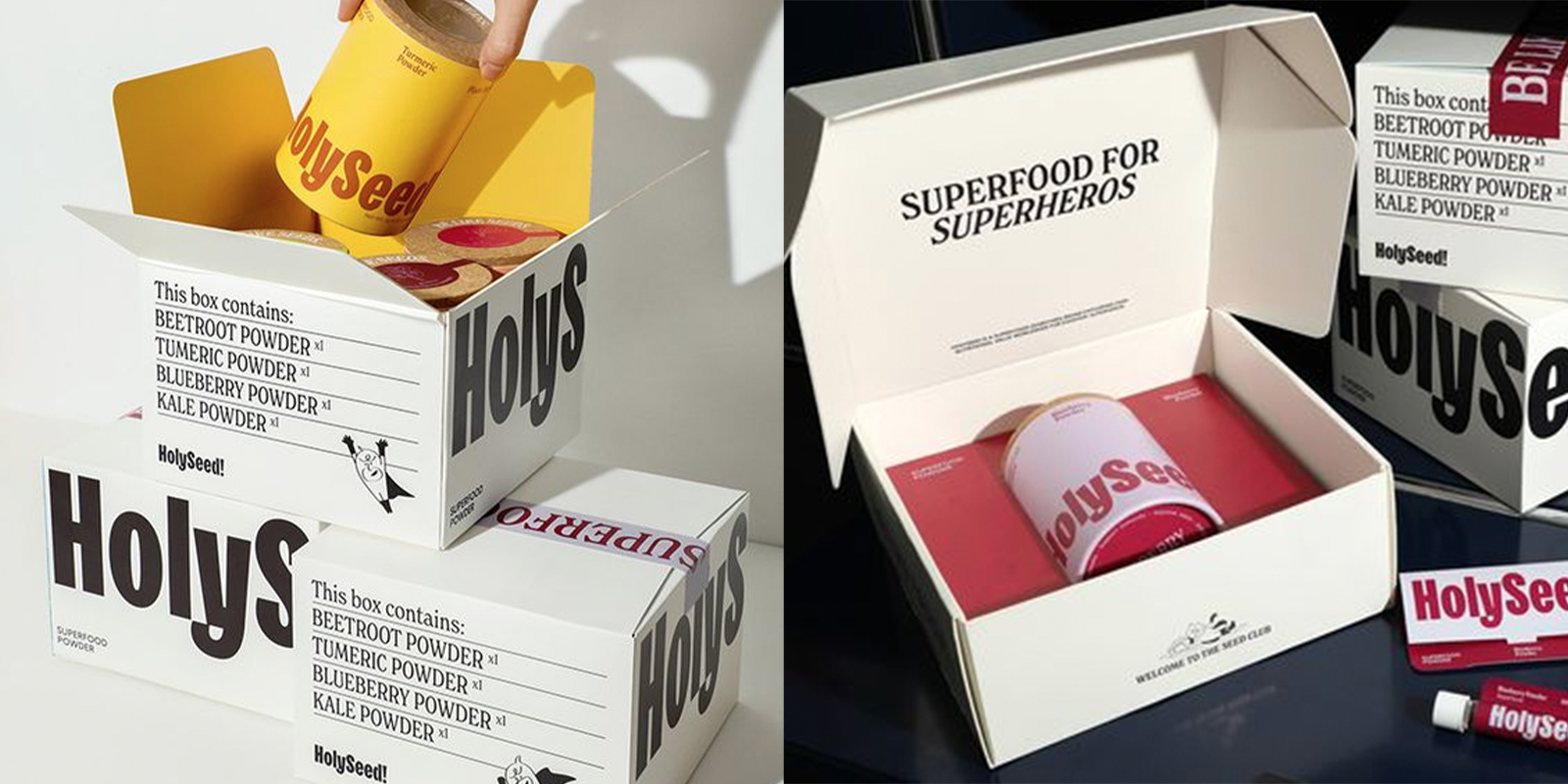
Make It Yours: Creative Ways to Infuse Branding into Sustainable Packaging
Eco-friendly packaging doesn’t mean plain, beige, or boring. In fact, when done right, it can be one of the most creative expressions of your brand. Thoughtful design and smart materials can turn an everyday container into a powerful storytelling tool—one that reinforces your identity while showcasing your commitment to sustainability. Here’s how to strike that balance.
Play with Texture and Tone
Sustainable packaging for food already comes with built-in personality—think kraft paper, molded pulp, or bamboo, each with its own texture and warmth. Lean into those natural qualities by pairing soft-touch finishes with embossed logos or tone-on-tone printing. These tactile details feel elevated and align perfectly with the idea of conscious luxury: less flash, more substance.
Use Color with Intention
Eco doesn’t have to mean neutral. A simple color palette grounded in your brand hues can make packaging pop while still feeling organic and on-brand. Try soft, earthy tones with bold accent colors, or invert your typical palette for limited editions to give customers something fresh and collectible.

Print Smarter
Minimal ink coverage and water-based inks can make a huge impact—literally and visually. Consider subtle line illustrations, geometric patterns, or small brand stories printed on the inside flap. The unboxing experience is an extension of your identity, and even a single printed message like “Good for you, good for the planet” can deepen the connection.
Highlight What Makes It Sustainable
Don’t hide your eco credentials—celebrate them. Call out your materials with a quick statement like Made from compostable bamboo fiber or Printed on 100% recycled paper. This transparency not only educates customers but also builds pride in choosing your brand.
Add Small, Memorable Moments
The best packaging tells a story before the customer even takes a bite. Maybe it’s a playful message under the lid, a QR code linking to your sustainability page, or a die-cut window shaped like your logo. These thoughtful touches make your packaging memorable while reinforcing your purpose.

Think Beyond the Box
Branded stickers, reusable sleeves, or fabric wraps can add flair without excess waste. Even something as simple as a compostable belly band or a custom paper seal creates a premium, cohesive look while keeping sustainability front and center.
Collaborate with Experts
Partnering with a custom packaging provider like Gemnote allows you to bring your brand vision to life with sustainable packaging that doesn’t compromise quality or design. Whether you’re creating compostable food boxes, branded paper wraps, or reusable tote-style carriers, Gemnote can help you find the perfect mix of form, function, and eco-credibility.

How Gemnote Helps You Create Packaging That’s Sustainable and Stunning
Designing eco-friendly packaging doesn’t mean sacrificing creativity, quality, or brand cohesion—it means elevating every detail with purpose. At Gemnote, we help businesses bring their sustainability goals to life through thoughtful design, premium materials, and hands-on collaboration.
From compostable food boxes to custom-printed wraps, reusable totes, eco-friendly swag boxes, and more, Gemnote offers endless ways to create packaging that aligns with your brand values while wowing your audience. Our team works closely with you to select sustainable materials, explore innovative finishes, and ensure every element—from structure to color palette—feels intentional and on-brand.
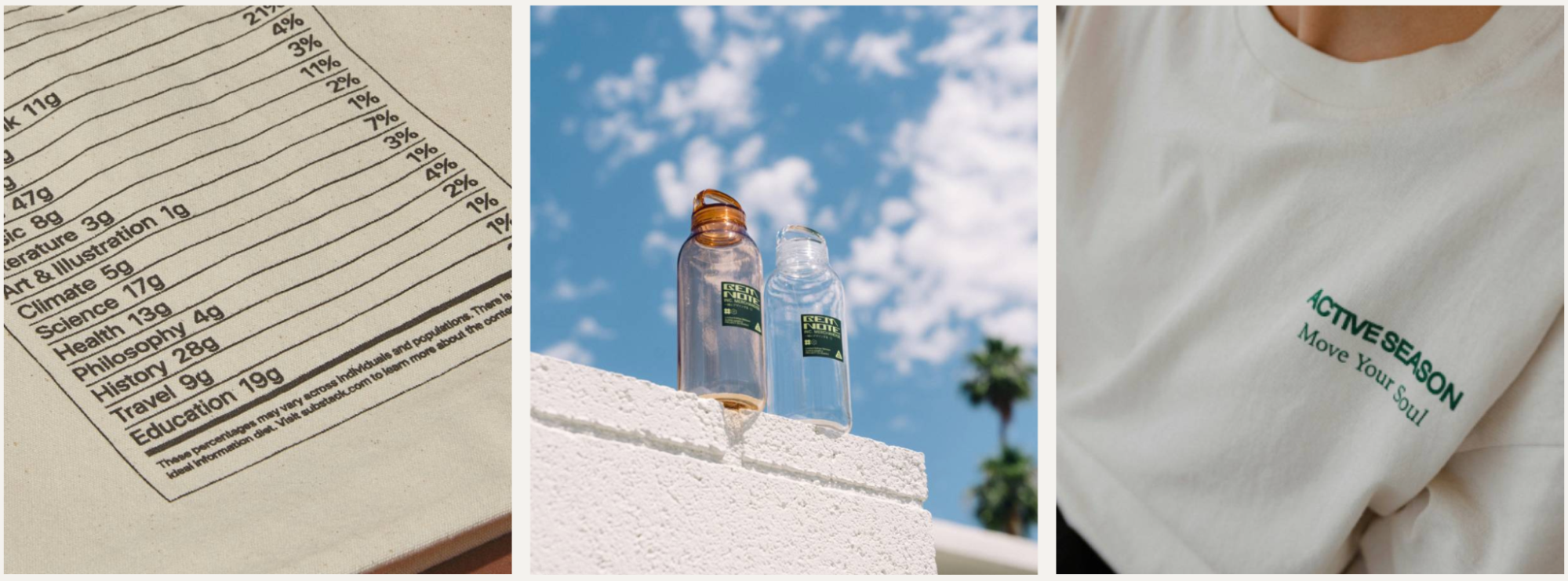
We also understand that sustainability goes beyond the material itself. That’s why we focus on the full experience: the unboxing moment, the texture of your packaging, and the story it tells. Whether you’re creating custom packaging for a café, catering company, or food or beverage brand, Gemnote can help you design pieces that feel as good for your customers as they do for the planet.
Ready to take your packaging to the next level? Partner with Gemnote to craft eco-friendly packaging for food that’s not only sustainable but unforgettable.
